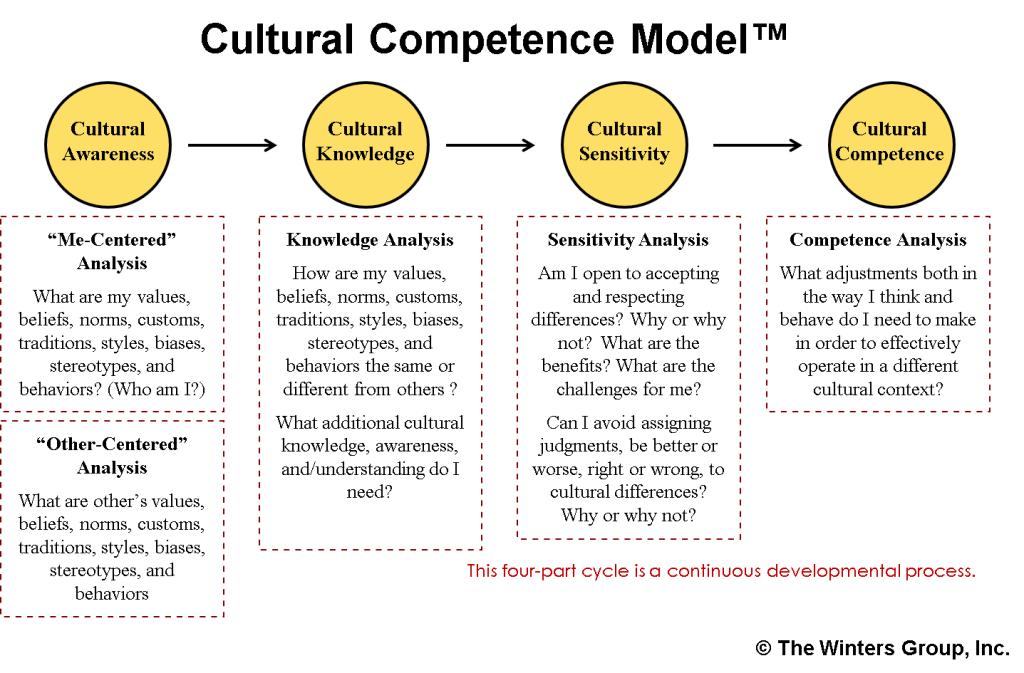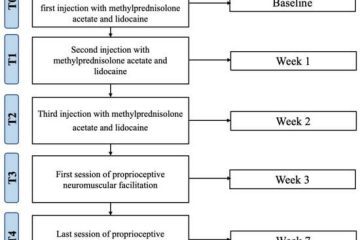Explore the vibrant world of healthcare in Spanish, where language and culture intertwine to shape experiences and outcomes. In this article, we delve into the nuances and intricacies of navigating the healthcare system for Spanish speakers. From language barriers to cultural considerations, join us on a journey that sheds light on the importance of linguistic diversity in healthcare delivery. Embrace the fusion of health and language as we uncover the challenges and triumphs of accessing quality care within the Spanish-speaking community.
Table of Contents
- Exploring the Importance of Spanish Language in Healthcare
- Enhancing Cultural Competency for Effective Patient Communication
- Strategies for Implementing Spanish Language Resources in Healthcare Settings
- Empowering Healthcare Professionals to Provide Quality Care to Spanish-Speaking Patients
- Q&A
- Key Takeaways
Exploring the Importance of Spanish Language in Healthcare
In today’s diverse healthcare landscape, the Spanish language plays a vital role in ensuring effective communication and quality care for Spanish-speaking individuals. Healthcare providers who are proficient in Spanish can bridge communication gaps, build trust, and deliver personalized care to a broader population. By prioritizing language diversity, healthcare facilities create a more inclusive and culturally competent environment that fosters positive health outcomes.
Here are some key reasons highlighting the importance of the Spanish language in healthcare:
- Improved Patient-Provider Communication: Fluent communication in Spanish enables healthcare professionals to effectively understand patients’ needs, symptoms, and medical history, leading to accurate diagnoses and personalized treatment plans.
- Enhanced Access to Healthcare Services: Providing healthcare information and services in Spanish eliminates language barriers, ensuring that Spanish-speaking individuals have equal access to quality healthcare, preventive care, and health education.
- Cultural Sensitivity: Understanding the cultural nuances of Spanish-speaking patients helps healthcare providers tailor their approach, respect traditions, and deliver care that is sensitive to the diverse backgrounds and beliefs within the Hispanic community.
| Benefit | Description |
|---|---|
| Effective Communication | Clear communication in Spanish facilitates accurate diagnosis and treatment decisions. |
| Cultural Competence | Culturally sensitive care builds trust and strengthens patient-provider relationships. |
| Increased Patient Satisfaction | Spanish-speaking patients feel more valued and understood, leading to higher satisfaction levels. |
By recognizing the significance of the Spanish language in healthcare settings, providers can not only improve health outcomes but also promote a more inclusive and patient-centered approach to care delivery. Embracing linguistic diversity is a step towards creating a healthcare system that resonates with the diverse needs of all individuals, transcending language barriers for a healthier and more connected community.

Enhancing Cultural Competency for Effective Patient Communication
In today’s diverse healthcare landscape, the ability to effectively communicate with patients from various cultural backgrounds is paramount. Understanding the nuances of language, customs, and beliefs can significantly enhance the quality of care provided. When it comes to serving the Spanish-speaking population, healthcare professionals can bridge the language gap by incorporating culturally competent practices into their daily interactions.
By embracing cultural competency, healthcare providers can build trust and rapport with Spanish-speaking patients, leading to improved health outcomes and satisfaction levels. Utilizing language interpretation services, offering educational materials in Spanish, and being aware of cultural sensitivities are essential steps in fostering effective patient communication. Moreover, learning basic Spanish phrases related to healthcare can show respect for the patient’s language and facilitate clearer exchanges. Embracing diversity and inclusivity in healthcare settings not only promotes understanding but also enriches the overall patient experience.
| Benefits of Cultural Competency in Healthcare: | Enhanced patient trust and satisfaction |
|---|---|
| Improved health outcomes | |
| Promotion of inclusive healthcare environments |


Strategies for Implementing Spanish Language Resources in Healthcare Settings
One effective strategy for incorporating Spanish language resources in healthcare settings is to provide bilingual staff members who can assist patients seamlessly. Having staff members who are fluent in both English and Spanish can facilitate clear communication, build trust, and ensure that patients fully comprehend their treatment plans and medical instructions. This approach not only enhances the overall patient experience but also promotes inclusivity and cultural sensitivity in healthcare settings.
Another valuable strategy is to offer educational materials and resources in Spanish, such as brochures, pamphlets, and signage. By providing information in the patient’s preferred language, healthcare facilities can promote health literacy, improve comprehension of medical conditions, and empower individuals to make informed decisions about their health. Utilizing visual aids, infographics, and easy-to-understand language can further enhance the accessibility and effectiveness of Spanish language resources in healthcare environments.
| Patient Benefits: | Improved communication |
|---|---|
| Enhanced understanding of treatment | |
| Promotion of cultural sensitivity |


Empowering Healthcare Professionals to Provide Quality Care to Spanish-Speaking Patients
For healthcare professionals, effectively communicating with Spanish-speaking patients is crucial in delivering quality care and ensuring patient satisfaction. By embracing linguistic diversity, healthcare providers can bridge communication gaps and build trusting relationships with their Spanish-speaking clientele.
<p>Empowering healthcare professionals with the necessary tools and resources to offer culturally competent care to Spanish-speaking patients is paramount. From language training programs to multicultural sensitivity workshops, investment in enhancing communication skills can lead to more personalized and effective healthcare experiences for both providers and patients alike.</p>
Q&A
Q: Why is it important to provide healthcare services in Spanish?
A: Providing healthcare services in Spanish is crucial to ensure effective communication between healthcare providers and Spanish-speaking patients. Language barriers can lead to misunderstandings, misdiagnosis, and overall poor health outcomes.
Q: How can healthcare providers improve access for Spanish-speaking patients?
A: Healthcare providers can enhance access for Spanish-speaking patients by offering bilingual staff, translated materials, and interpreter services. Creating a welcoming and inclusive environment is key to ensuring quality care for all patients.
Q: What are some common challenges faced by Spanish-speaking individuals in the healthcare system?
A: Common challenges include limited access to language services, cultural differences in healthcare practices, and lack of health literacy. Addressing these challenges is essential to provide equitable and effective healthcare for Spanish-speaking communities.
Q: How can cultural competence improve healthcare outcomes for Spanish-speaking patients?
A: Cultural competence involves understanding and respecting the cultural norms, beliefs, and values of Spanish-speaking patients. By incorporating cultural competence into healthcare practices, providers can build trust, improve patient engagement, and ultimately enhance health outcomes.
Key Takeaways
Understanding the intricacies of healthcare in the Spanish-speaking world opens a gateway to a world of diverse practices, beliefs, and innovations. Whether exploring the traditional remedies of Latin America or the cutting-edge technologies in Spain, the tapestry of healthcare in Spanish is a vibrant mosaic of culture and progress. As we navigate through the nuances and complexities of healthcare services across Spanish-speaking regions, let us cherish the rich tapestry of health traditions that have withstood the test of time, and embrace the dynamic evolution shaping the future of healthcare for generations to come. Let the colors of diversity and the threads of innovation weave together a healthier tomorrow for all.




0 Comments